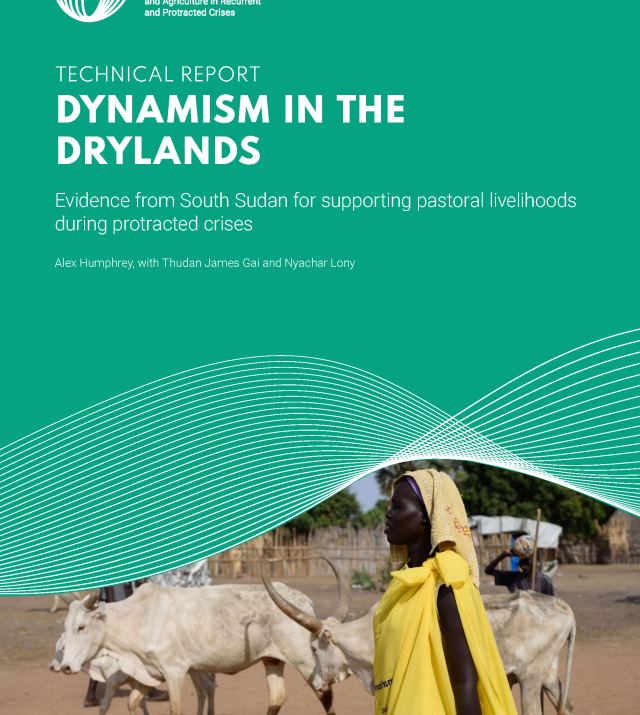
Clinic to Community Referrals: Linking Health and Economic Strengthening to Improve Client Outcomes

Bi-directional clinic-to-community referrals work to improve the health of individuals and the resilience of communities in which they live. Therefore, developing strong referral linkages is beneficial for improving health outcomes, particularly for populations living with HIV and AIDS. The President’s Emergency Plan for AIDS Relief (PEPFAR) 3.0 commitment to support the United Nations Program on HIV/AIDS’ (UNAIDS) 90-90-90 global goals for sustainable control of the HIV epidemic has further changed the care needs of PLHIV, increasing the importance of referral systems. Effective planning for HIV diagnosis, care and treatment programs should include consideration of how referrals between clinical facilities and communities can be maximized, and developed as an integral part of the continuum of care. Notably, referrals enable the health sector to function as part of a larger system of support for PLHIV, thereby promoting service integration and improving patient diagnosis, adherence and retention in long-term HIV care and treatment. LIFT’s Clinic to Community Referral Practitioner Guide focuses on referral that connect health services to community-based services economic strengthening, livelihoods and food security services. Please note that the approach to referrals and the tools themselves may be adapted as needed to create integrated, multi-sectoral referral networks.
Beyond helping clients and households, clinic-to-community referral networks create a sense of shared responsibility and establish a platform for ongoing dialogue between the health system and the community. Referral networks can include government, civil society and community-based service providers, and they provide an important forum for information, education, and communication across these entities, many of which would not otherwise interact. Referral networks also address the need for a systematic referral process between health and community-based service providers.

